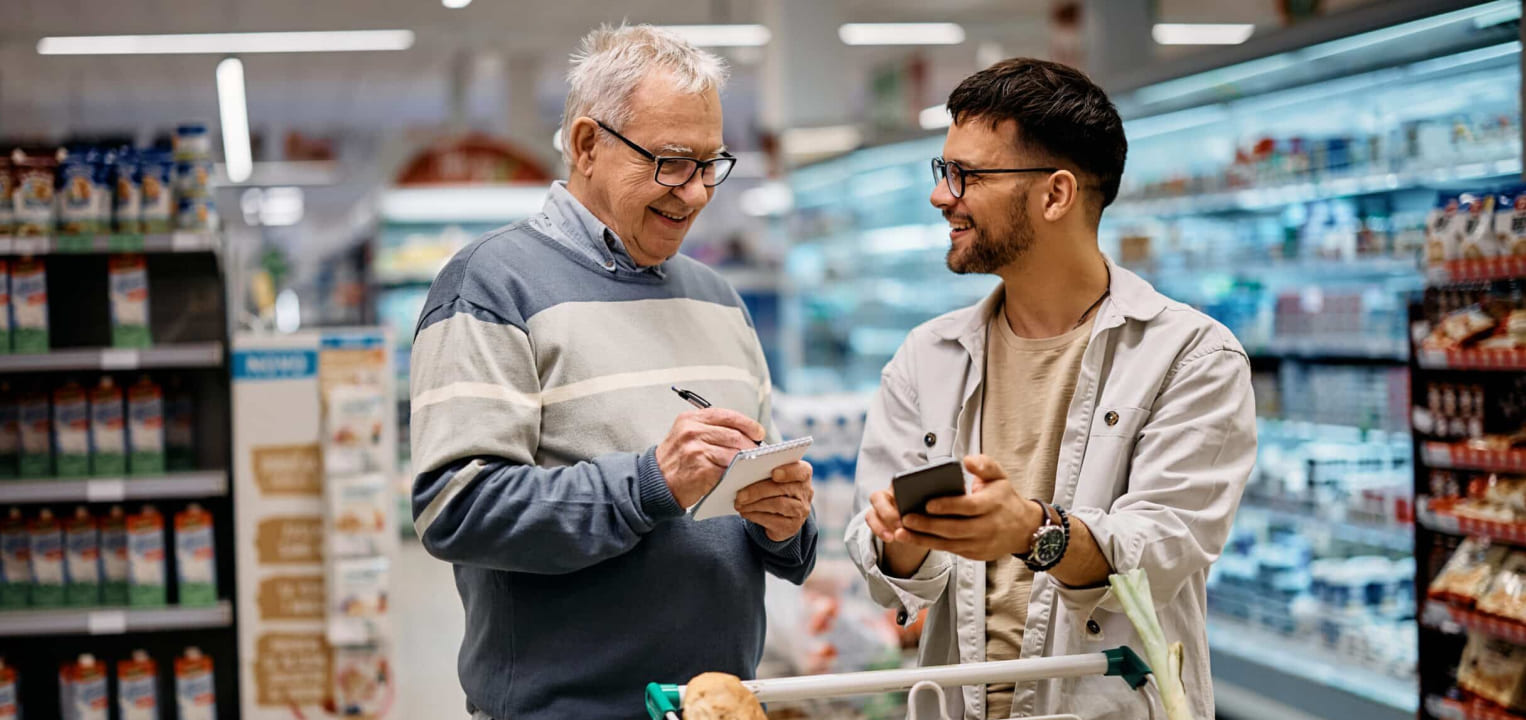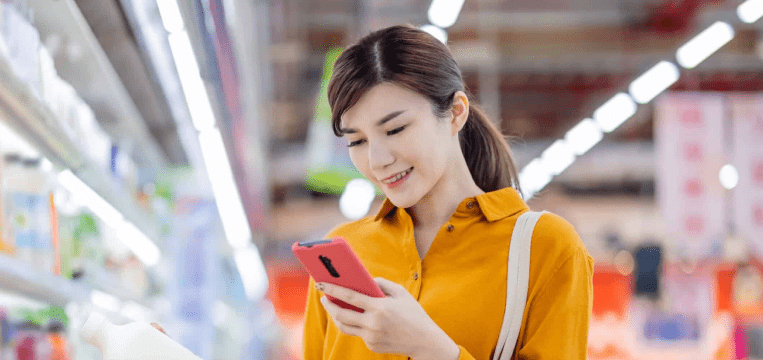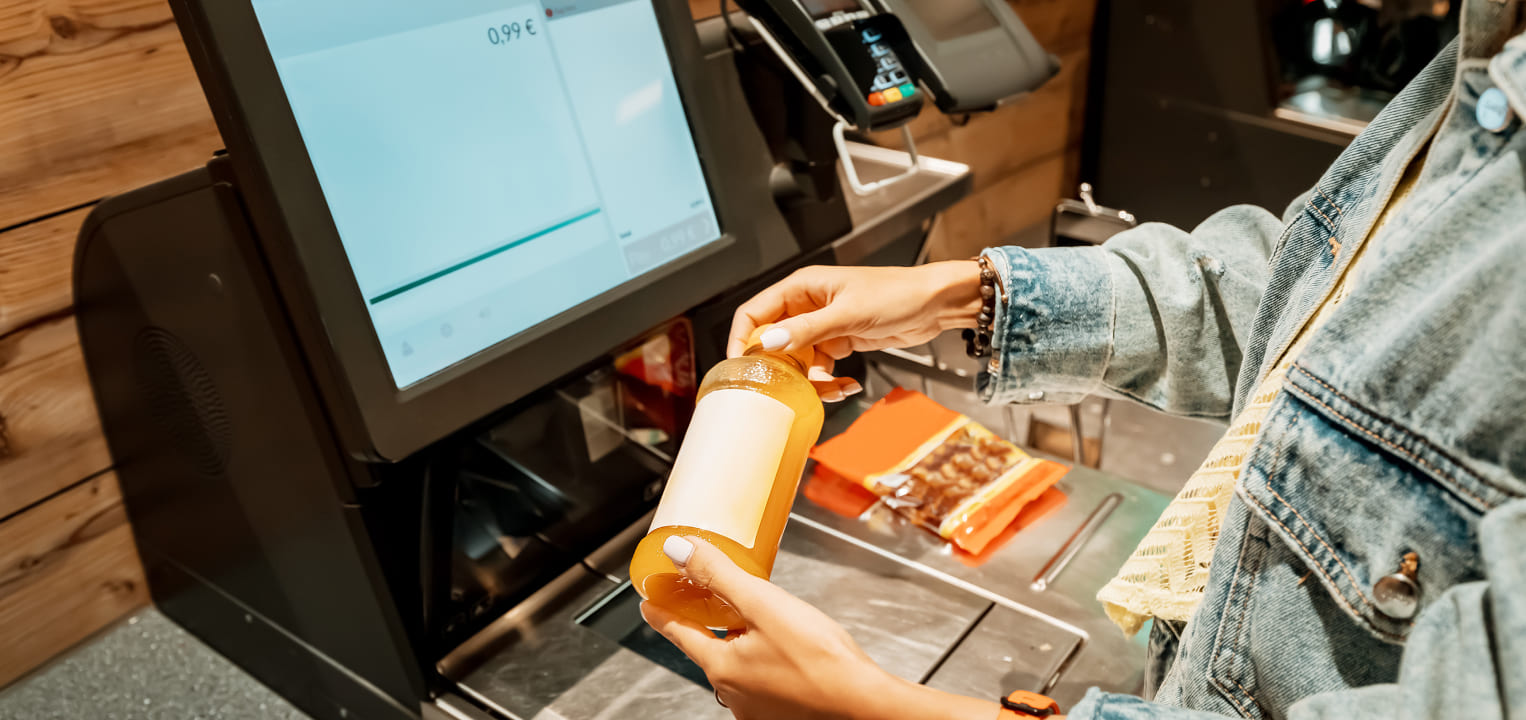The retail shift challenge
E-commerce competition is a serious challenge for physical stores. By eliminating queues while providing extensive product information, customer reviews, and highly personalized offers, online shopping platforms have set a new standard in customer convenience and personalization.
The shift in consumer preferences has led to a decline in foot traffic in physical stores, underscored by major store closures and downsizing across the globe. For instance, Macy’s plans to close 50 stores in 2024 and 150 locations by 2026.
Traditional retail is in crisis. Retailers must adapt – or risk obsolescence.
The potential of automated retail technology
Automated retail technology has emerged as a powerful tool for physical stores. This technology underlies a range of solutions that streamline the shopping process, enhance customer engagement, and merge the best aspects of the online and the in-person shopping experience.
With automated solutions, retailers can address many of the pain points of physical shopping, such as long checkout lines and limited product information. They can thereby create a more efficient, enjoyable, and personalized shopping experience.
Let’s take a look at two particular automated retail technologies and the way they improve the in-store shopping experience.
Augmented reality (AR) transforms the in-store shopping experience by blending digital elements with the physical environment. Customers can use their smartphones or AR devices to view products in a highly interactive and immersive way.
For instance, IKEA’s mobile app and in-store tablets allow customers to visualize how furniture and home decor items would look and fit in their own spaces. This enhances customer engagement and helps them make informed purchase decisions.
Hyper-personalization through data analytics, AI, and IoT devices allows for a shopping environment that responds to the unique needs and interests of each customer.
Nike’s concept store in Los Angeles used data analytics to stock its shelves with products that local customers wanted, based on online purchase data in the area.
In the same vein, interactive mirrors in fitting rooms at Rebecca Minkoff’s stores offer a futuristic and personalized fitting experience. The cabins allow customers to request different sizes or colors, adjust the lighting, and get product recommendations.
Self-scanning: A key solution
Among retail innovations, self-scanning stands out for its ability to streamline the shopping experience.
There are three main self-checkout options: self-checkout counters, dedicated handheld scanners, and software-based smartphone scanners.
Self-checkout counters embody a fairly traditional self-service approach. They are positioned at store exits and require customers to manually scan each item on a scanning table before payment.
Handheld scanners offer more flexibility. Here, the retailer provides shoppers with self-scanning hardware, usually at the store entrance. Shoppers then carry these scanners throughout the store and scan items directly at the shelves. To complete their shopping session, they pay at a payment terminal and return the scanner.
Continuing this evolution is smartphone-based scanning, one of the most promising uses of automated retail technology. Mobile applications allow customers to use their own devices to scan the product barcodes as they shop. In particular, they enable a seamless checkout process without the need for traditional cashier interactions.
Self-scanning apps not only cut wait times but also empower customers with immediate access to product details, reviews, and related products, mirroring the information-rich environment of online shopping. Moreover, self-scanning apps can deliver personalized promotions and loyalty rewards, directly enhancing the customer’s shopping experience.
Creating a better retail experience with a mobile scanning app
In retail, mobile scanning apps are a stand-out solution for making shopping smoother and more connected. They allow store customers to check out within seconds and to instantly get product details on their phones.
Scanbot’s Barcode Scanner SDK provides easy-to-use scanning features that work well even in tricky lighting or with small barcodes. As an offline solution, the SDK not only ensures rapid scans, but also keeps scanned data safe. Its AR overlay feature can display instant visual feedback and basic product details.
Retail automation technology seamlessly links online and in-store shopping, which helps keep physical stores relevant and engaging in the digital age. By implementing Scanbot’s SDK, retailers can offer a modern, efficient, and personalized shopping experience that customers love.



